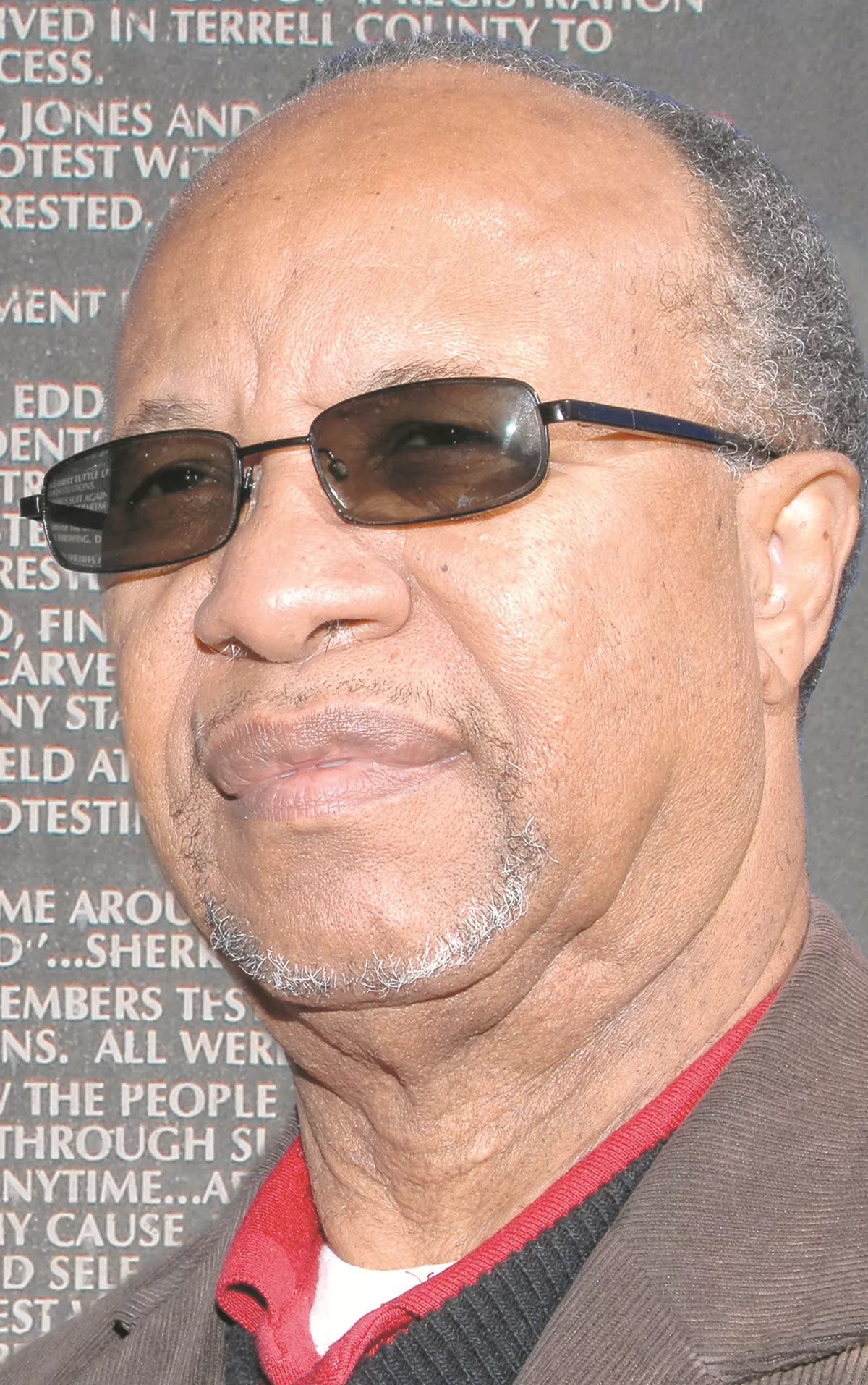 1.
1. Charles Melvin Sherrod was an American minister and civil rights activist.

 1.
1. Charles Melvin Sherrod was an American minister and civil rights activist.
Charles Sherrod participated in the Selma Voting Rights Movement and in many other campaigns of the civil rights movement of that era.
Charles Sherrod's activism continued throughout his life through the Southwest Georgia Project for Community Education, New Communities, and as an Albany City Council Member.
Charles Sherrod was married to former US Department of Agriculture official Shirley Sherrod.
Charles Sherrod was born in Surry, Virginia, and was raised by his Baptist grandmother.
In 1954, Charles Sherrod first participated in sit-ins at white churches with the goal to desegregate them.
Charles Sherrod was a key member and organizer of the Student Nonviolent Coordinating Committee during the civil rights movement.
Charles Sherrod became the first SNCC field secretary and SNCC director for southwest Georgia.
Charles Sherrod joined SNCC in 1961 when it was recruiting new students to join in Rock Hill, South Carolina.
Charles Sherrod was offered a job as a teacher but turned it down so he could be a part of SNCC in Rock Hill, South Carolina.
When Charles Sherrod was released from jail he became a contributing member of SNCC and was often referred to as one of its founding fathers.
Charles Sherrod's strategy was to focus on the small town of Albany, Georgia as the hub for voter registration activity for the surrounding farm country.
Charles Sherrod was later joined by fellow SNCC worker Cordell Reagon in October 1961.
Charles Sherrod recalled that "More than 500 students staged sit-ins and were arrested, jailed and beaten," during the movement.
Charles Sherrod faced the constant threat of violence from whites, often on a daily basis.
Charles Sherrod participated in the Selma Voting Rights Movement, along with other activists such as Dr King and John Lewis.
Charles Sherrod left SNCC at the end of 1966 because the head of SNCC, Stokely Carmichael, planned to exclude whites from the organization.
Charles Sherrod did not agree with this policy and decided to devote his efforts to the Southwest Georgia Project instead.
Charles Sherrod then started recruiting students from the Union Theological Seminary, where he had received his master's degree, to assist in the project.
Charles Sherrod wanted to continue his passion for nonviolence and advocating for desegregation and civil rights.
Since Charles Sherrod was first and foremost an activist, another main focus of SWGAP is human rights for all.
Charles Sherrod's proposed outcome for strengthening food accessibility, increasing farming opportunities and human rights for all was to increase food security, strengthen economics and inter-generational transfer of farmland.
Charles Sherrod received his master's degree in sacred theology from the Union Theological Seminary.
Charles Sherrod then returned home to direct the Southwest Georgia Project for Community Education with Shirley Sherrod.
Charles Sherrod later served as an elected member of the Albany City Council from 1976 to 1990.
In later years Charles Sherrod served as a chaplain at the Georgia State Prison in Homerville, and as a teacher at Albany State University.